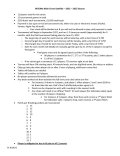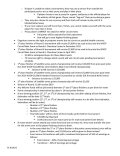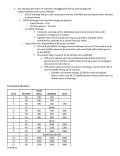Didn't want to hijack the recent league thread, as this feels a bit different. Looking for advice on my league points structure.
I've run a league the past 4 years to send a player from our group to the WSOP Main Event.
The first three seasons the points/game structure was:
Points results were:
I've run a league the past 4 years to send a player from our group to the WSOP Main Event.
The first three seasons the points/game structure was:
- 10 games, all finishes count toward total points
- Simple points formula: If we had 16 players in the league, a game winner would get 16 points, last place would get 1 point. Yada yada.
- Season 1 - Seat winner went on megaheater and locked up the seat by Rd 8.
- Season 2 - 1/2 of players still had a shot at the seat at the final game, seat winner had two 2nd place finishes and three 3rds, but no win all season
- Season 3 - 1/3 of players still had a shot at the seat at final game, seat winner ultimately had two 1st place finishes and a chopped 1st place finish
- 11 games, only top 10 finishes count toward total points
- Big jumps for top 3 finish. With 13 players, we went (from 1st down) 24,20,16,12,10, 8, 6, 5, 4, 3, 2, 1, 1
Points results were:
- Season 4 - 1/3 of players still had a shot at the seat at final game, seat winner ultimately had two chopped 1st place finishes and a total of six top 5 finishes
- Do you think there's any reason to drop a finish? I'm thinking I'll just have 10 or 11 games, all finishes count.
- Which points formula of the ones I did (simple, or bigger points for bigger finishes) is better?
- Do you have a better formula than either of these?
- T100, 30k stack, BBA, 40 min levels each game
- No reentry/rebuys
- Multiple prizes (so finishing it out is incentivized)
- Season prizes
- 1st - $10k seat
- 2nd - $5k seat
- 3rd - full buy-in for league is refunded
- Individual game prizes
- Two WSOP-Circuit seats up for grabs for winners of two specific games (normally the two preceding the next circuit stop at Cherokee)
- Half of buy-in for league is refunded to final game winner
- Season prizes




